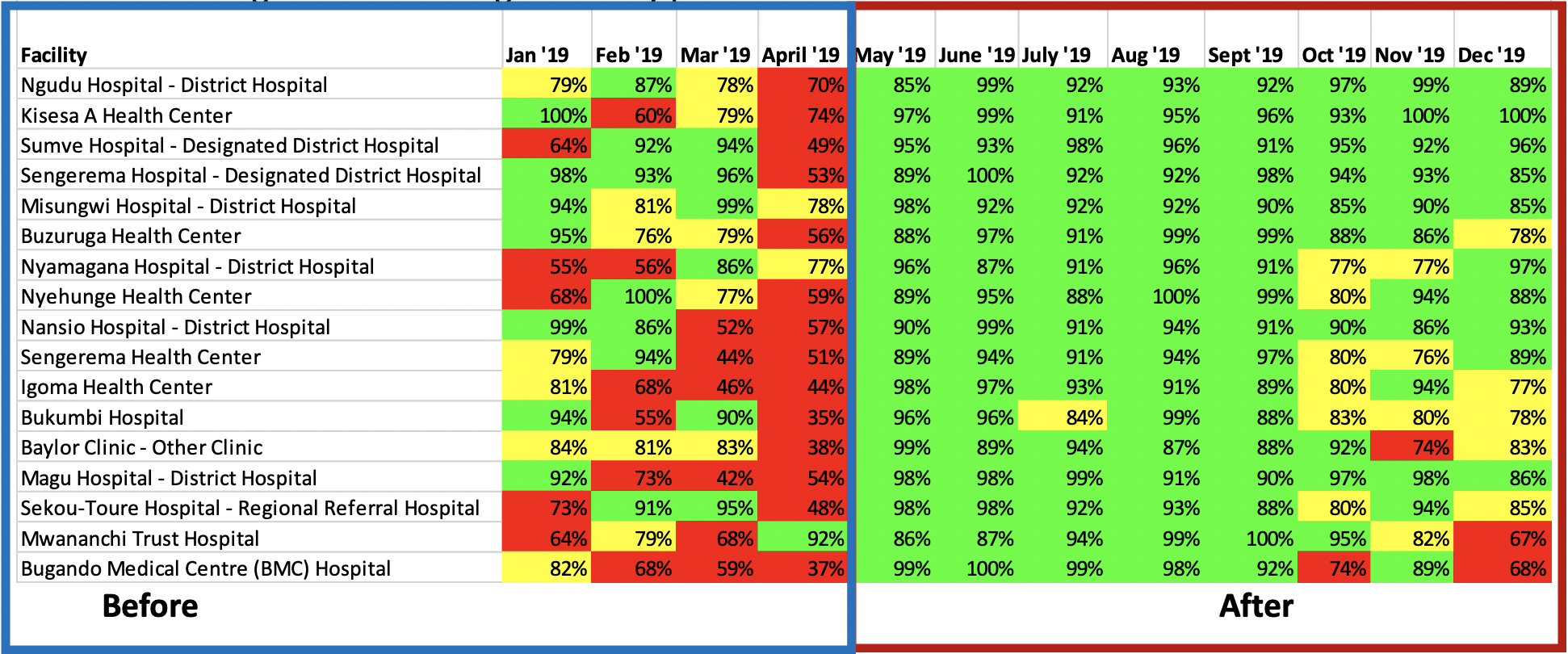Data Analysis Companion
Use of Technological Innovation (Data Analysis Companion) to Improve the Identification of Clients Eligible for HIV Viral Load Testing and Increase Testing Coverage
Even though HIV services are widely available in many health facilities across Tanzania, clients attending their regularly scheduled clinic visits still miss routine clinical services. These services include but are not limited to routine viral load testing, tuberculosis (TB) prevention therapy (TPT) provision and multi-month scripting for stable clients on antiretroviral therapy (ART). The absence of a standardized system to identify clients eligible for these services, lack of digital tools to enhance the process, and varied skills and knowledge of ART services among service providers are some of the factors contributing to this service gap. Consequently, performance on key indicators is compromised. This case study aims to demonstrate how a quality improvement approach enhanced with an electronic tool improved client care and HIV viral load testing coverage.
Description
Quality of care assessment was conducted at 16 high-volume facilities in the Ciheb-supported Mwanza Region during continuous quality improvement (CQI) mentorship site visits. The assessment involved a thorough review of the clients' medical charts to assess whether a client received the expected clinical service during their appointment. Results showed consistently unsatisfactory performance of less than 60% on HIV viral load testing coverage. HIV viral load testing is a crucial indicator that helps to monitor the last 95 of the 95-95-95 UNAIDS goal which requires 95% of people on ART to have viral suppression.
Ciheb developed a tool called data analysis companion (DAC) that works to routinely identify eligible clients for different clinical services from the national HIV database, also known as the CTC 2 database. Healthcare providers were oriented on how to use the tool to improve service provision by generating a list of eligible clients for the required services before their clinic visit. Their charts/files were flagged with a sticker for easy identification at the different points of service that a client would attend during their clinic appointments.
This practice significantly improved service provision to clients, as well as the overall performance of the HIV viral load testing indicator.
Monthly performance trends of viral load testing coverage before and after the introduction of the DAC tool in Mwanza Region

Lessons Learned
The quality of care assessment revealed a critical performance gap. Viral load testing is a fundamental step in the provision of quality HIV services. A client's viral load results not only inform the clinician of the patient's response to HIV treatment, but it is also a useful tool in making other equally important clinical decisions for patient management. Services such as the provision of TPT, provision of multi-month scripting, enhanced adherence counseling, and switching of patients' treatment regimens are all dependent on the HIV viral load results. Technological innovations such as the DAC tool are demonstrating their effectiveness in improving health services and the overall quality of care, hence optimizing patient outcomes.
Ongoing CQI mentorship enhanced with technological innovations is critical in improving the quality of care for people living with HIV.
Story by Dr. Charisma Msoffe, Technical and Quality Improvement Advisor
Reviewed by Patience Komba, Associate Director Program Quality


